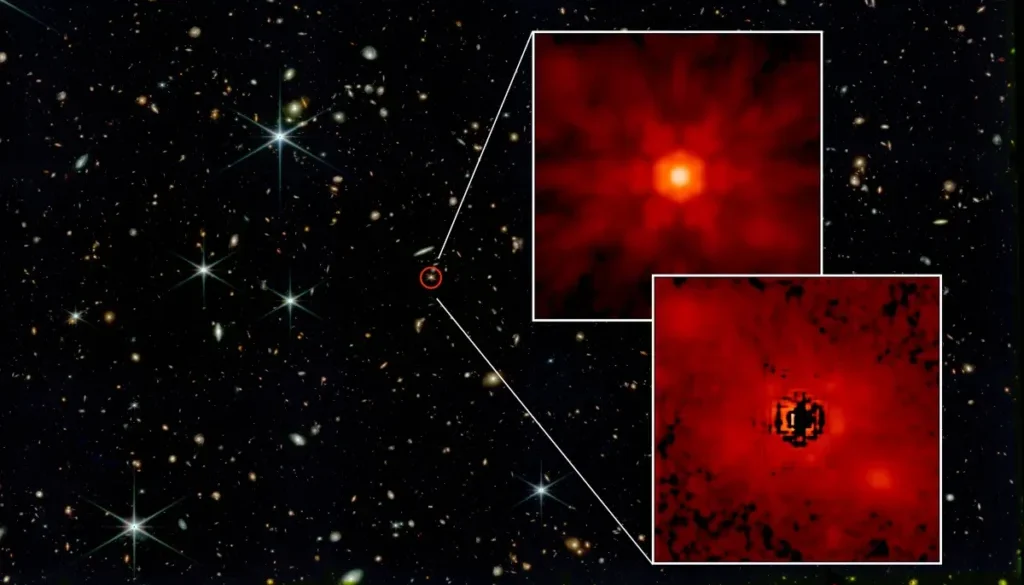Astronomers observe the elusive starlight surrounding ancient quasars | MIT
MIT astronomers observed that the elusive starlight environment some of the oldest quasars in the universe. The absure signals which trace back abouts more than 13 bollion years. Disclose the clues how the first galaxies and black holes are involved.
Most system have focal dark opening that can regularly benefits from gas and having trash, which producing a concise eruption of the light as a brilliant ring of the material whirl’s against the dark opening.
Because they are so bright. Be that as it may the MIT bunch had the choice to see interest much fainter light from star in the host of universe for three old quasars.
Considering this unpretentious starlight, the researchers evaluated the mass of each host world , meandered from the mass of its central supermassive weak opening. hey saw that by restraint of these quasars, the central weak openings were by and large more colossal relative with their host universes, meandered from their overall extras.
Today, some new discoveries were shared in the Astrophysical Journal, and they might help us understand why the first supermassive black holes became so huge in a relatively short time. Imagine these black holes as giants in space.
So, when the universe started, there were tiny seeds of black holes. These seeds then started gobbling up material around them really quickly. Minghao Yue, who works at MIT’s Kavli Institute for Astronomy and Space Exploration, says it’s a big puzzle to figure out how these huge black holes could grow so big and so fast.
So, when the universe began, there were these tiny seed black holes floating around. These little black holes started eating up stuff around them really fast. Minghao Yue, who works at MIT’s Kavli Institute for Cosmology and Space Exploration, says it’s a big puzzle figuring out how these huge black holes could get so big, so fast.
Imagine it like this: Imagine the universe as a big playground. These seed black holes were like little kids who suddenly grew super fast and became giants in no time. Minghao Yue and others are trying to understand how these little black holes managed to grow into such big ones in a blink of an eye in cosmic terms.
Basically, these findings suggest that these early massive black holes might have come from “seeds” that were much bigger than the black holes we see today. It’s like they had a head start in growing into giants compared to the black holes that formed later.


